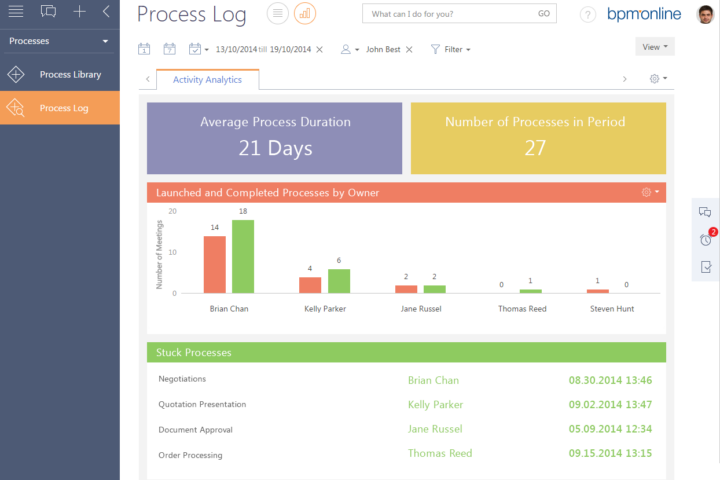Business on a global scale is growing at a rapid rate, and this implies the need to translate a growing volume of information. That is why companies are looking for ways to translate more and more content without triggering costs, and the best translation companies know that machine translation can be a good solution to achieve that goal. Thanks to the unstoppable advance of technology and the use of artificial intelligence, machine translation can achieve very good results in some specific applications.
But what exactly is Machine Translation?
According to Wikipedia, machine translation is a field of computational linguistics that investigates the use of software to translate text or speech from one language to another. We should not confuse automatic translation with Computer Assisted Translation (CAT), which is the use by translators of technological tools to perform translations.
Originally, automatic translation consisted of replacing the words of the source language with the equivalent ones in the target language. But, obviously, translating is much more than replacing some words with others. So, this basic model has been refined successively by models capable of understanding the meaning of phrases or phrases and their statistical use in a linguistic corpus.
To achieve greater accuracy in machine translation, the software is prepared to translate over a given field. In this way, we eliminate possible ambiguities, and the margin of error is much smaller. It is also true that machine translation offers much better results in content with a formal style and with a certain tendency to repeat formulas and phrases.
But to obtain an error-free result, automatic translation has to go through a revision process, or what is known in the sector as “post-editing”, and that is nothing more than the revision of the result of an automatic translation by a reviewer. Obviously, the better the gross result of the machine translation, the less time will be spent polishing the translation. In the sector, it is said that the “editing distance” is less or greater depending on whether one has to spend more or less time reviewing a translation.
The last revolution in the field of machine translation comes from the hand of neural networks in which a network of computers are capable of processing millions of examples to make a decision.
Does Machine Translation Work for Everything?
Unfortunately not. As mentioned above, machine translation can give quite acceptable results in delimited fields in which the chances of ambiguities are lower. In addition, the production teams and the translation company have to be well aligned to get the most out of the automatic translation process. The texts intended to be translated by automatic translation must have a specific style so that the result of the translations is as desired.
A text that is too creative, such as a translation of marketing, literary, or more complex than usual, would not be good candidates for automatic translations.
This has only been a small introduction to machine translation. To find out if it is something that can be applied to your case, it is best to contact your translation company and study your case in particular.



